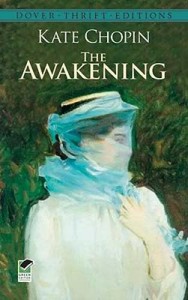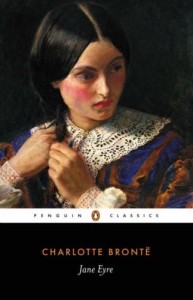Quadroon Nurse

Character: Quadroon Nurse
Source Text: Kate Chopin, The Awakening (1899)
Entry Author: Maraed Dickinson
Racial Mix: Categorized by narrator as “Quadroon,” a term used to designate a person of white and one-quarter African ancestry.
The plot of The Awakening unfolds among a close-knit community of affluent conservative Creoles living in New Orleans during the late 1800s. The novel, coinciding with the early women’s movement, focuses on the increasingly rebellious behavior of Edna Pontellier, who rejects society’s expectations and searches for an identity independent from her role as wife and mother.
As Edna becomes increasingly absent from her prescribed familial role, entering into an affair and eventually moving out of her family home, the Quadroon Nurse performs the role of caretaker and constant companion to Edna’s two young boys. The nurse remains at Edna’s disposal: either to free her of responsibility, allowing her to explore her identity crisis or, be easily dismissed, so Edna can entertain a fantasy of motherly affection for brief periods. Edna can ignore them or, in spurts of focused attention, let off steam from her conflict with Robert by blaming the supposedly negligent quadroon.
The nurse’s effect on the status quo offers some debate. On the one hand, she maintains the status quo and structure of the society by keeping its individual unit, the household, functional despite brewing discontent. Her oppression and resignation to her domestic duties preserves the family. At the same time, the nurse’s compliance frees Edna to explore outside her marriage and her prescribed role in the Creole society. Eventually, Edna’s exploration culminates in her complete breakage from society through her suicide.
The nurse’s ultimate role is to enable the freedom of others, even the two young boys she watches, who exercise their white male privilege despite their young age. Even the youngsters “[look] upon [the quadroon nurse] as a huge encumbrance, only good to button up waists and panties and to brush and part hair; since it seemed to be a law of society that hair must be parted and brushed,” (19). The young boys move about freely with “the quadroon following at the respectful distance which they [require] her to observe,” (30).
At times, the Quadroon Nurse reflects Edna’s discontent from the burden to perform her societal role, but mostly, she absorbs those tensions. The nurse is given little dimensions otherwise. When she leaves, she “vanishe[s],” allowing us no look into her outside life. However, the readers are allowed small glimpses into an internal mental world separated from her domestic duties. The novel introduces her with her customary activity off following the children around but “with a faraway, meditative air,” indicating that her she is not mentally invested in her duties (3). Despite her subservience, the nurse maintains her hidden world of inner thoughts…. At times she “follow[s] them with little quick steps, having assumed a fictitious animation and alacrity for the occasion,” (139).
Unlike affluent white women, her class and race determines that she will always be expected to be capable, and never told she is weak and cannot lift a finger. Her acceptance of her role seems racialized. Complying with Edna’s whim of portrait painting, “the quadroon sat for hours before Edna’s palette, patient as a savage,” (148). Her presence becomes a faint “pursuing voice … lifted in mild protest and entreaty,” mixed with the sounds of the children’s “escaping feet” – a marker of her Sisyphean duties (129).


